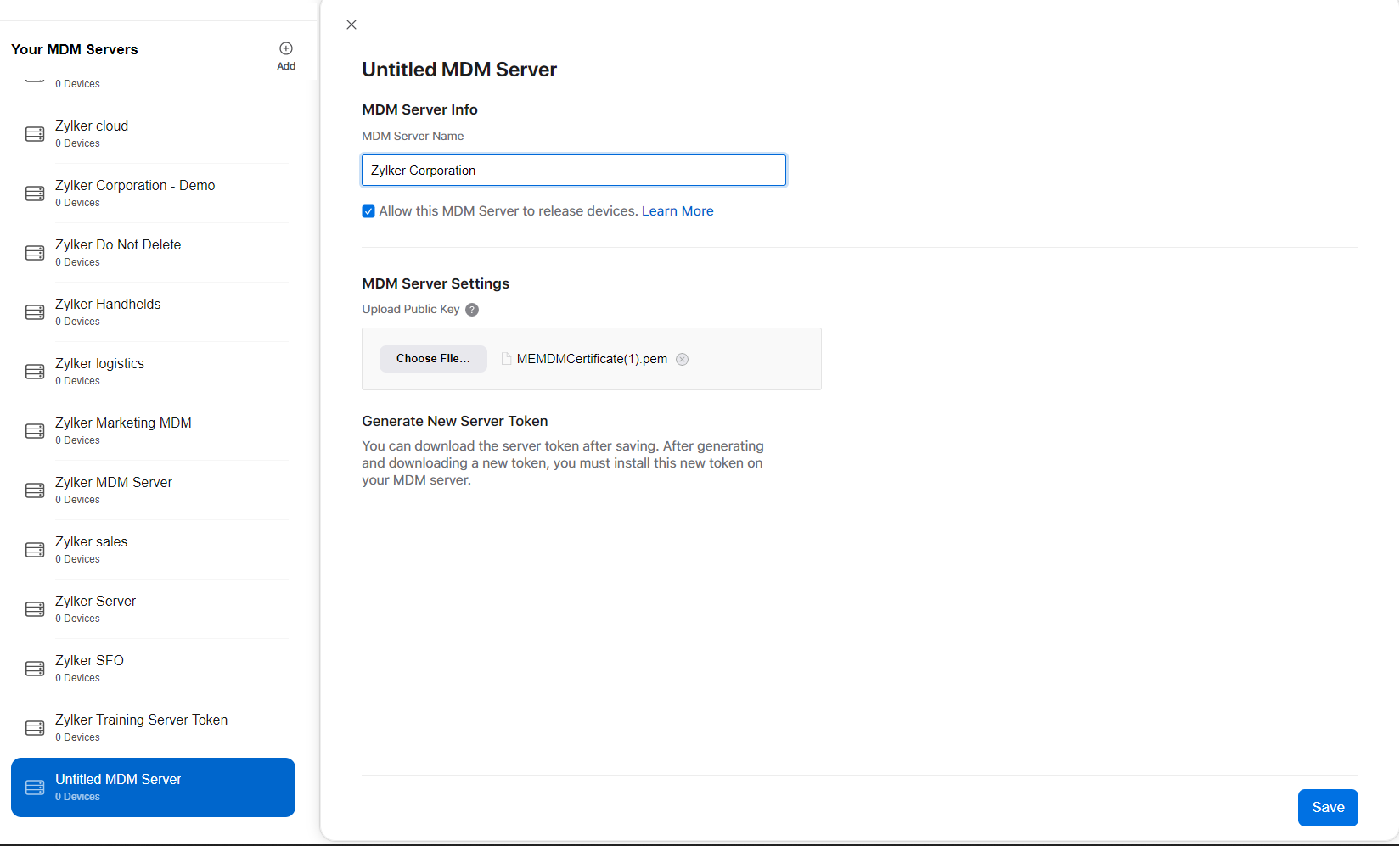

# If your host doesn't have a registered DNS name, enter its IP address here. # ServerName gives the name and port that the server uses to identify itself. ServerName: Set to your DNS hostname, or IP address (to find out your IP address, run command " ipconfig"), or your computer name, or "localhost" (localhost is meant for local loop-back testing only, you can also use the localhost's IP address 127.0.0.1), followed by the port number chosen above.# Listen: Allows you to bind Apache to specific IP addresses and/or ports. For testing, you could choose a port number between 1024 to 65535, which is not used by an existing application (you can run command " netstat" to check the existing connections). HTTP server, by default, runs on port 80 for production. Listen: to bind Apache to specific IP addresses and/or ports.Browser through this configuration file.Īt a minimum, you need to check the following directives: The default configuration file is called " nf" (or " nf") in the directory " \conf". Basic ConfigurationĪpache is configured by placing configuration directives, such as Listen and ServerName, into a configuration file, which will be read by the Apache executable during the startup. The document root directory is " \htdocs". I shall assume that Apache HTTP server is installed in d:\myProject\apache2, running in port 8000.
Unable to change access control for my private key on mac how to#
To install Apache 2, read " How to install Apache 2". These documents are usually kept in directory " \manual" or " \htdocs\manual" (where denotes your Apache's installed directory).

It is important to read the documentation distributed together with the Apache server.


 0 kommentar(er)
0 kommentar(er)
